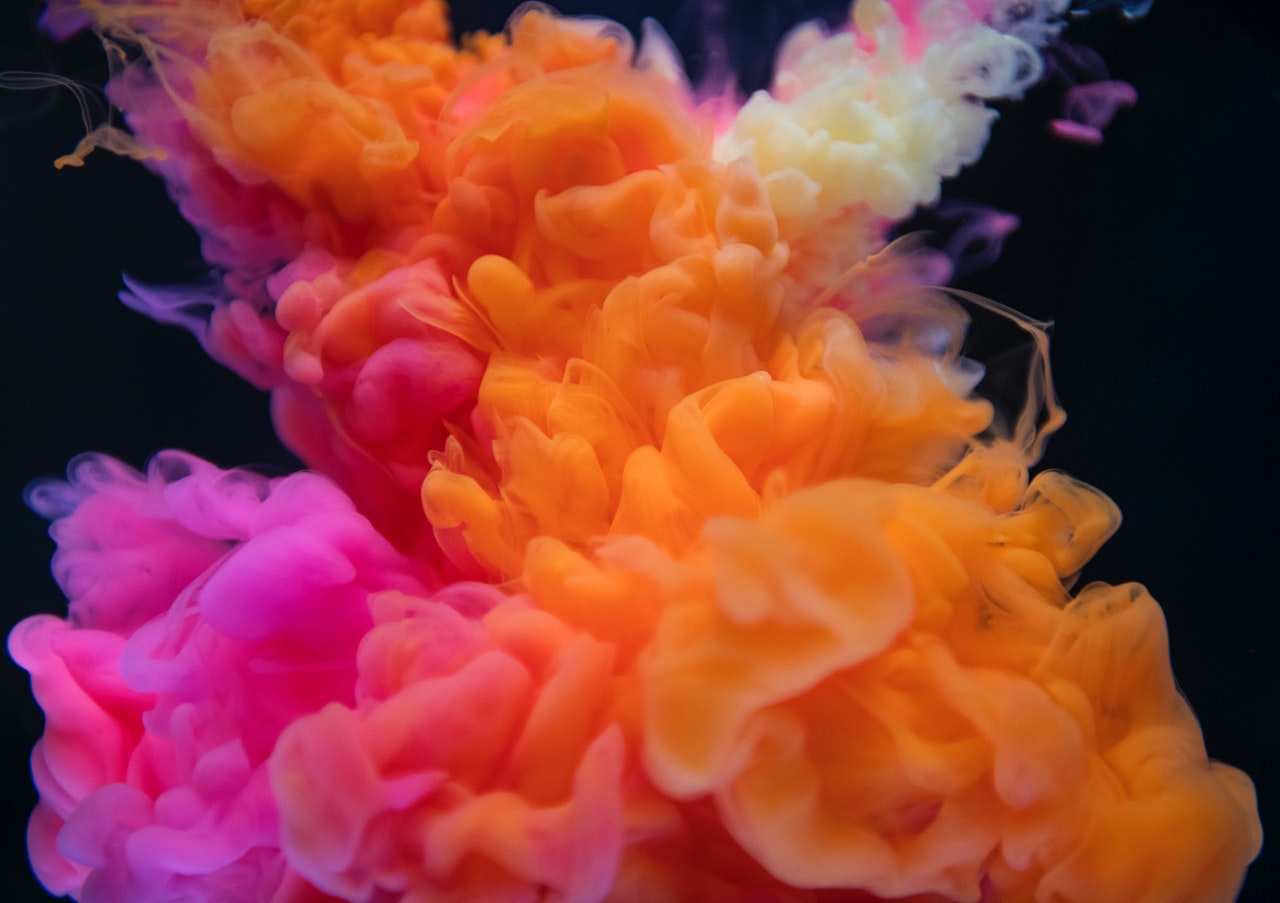What does it take to be a creative person?
How exactly do psychologists define creativity? Studying creativity can be a tricky process. Not only is creativity a complex topic in and of itself, but there is also no clear consensus on how exactly to define creativity. Many of the most common definitions suggest that creativity is the tendency to solve problems or create new things in novel ways.
The Components of Creativity
Two of the primary components of creativity include:
1. Originality: The idea should be something new that is not simply an extension of something else that already exists.
2. Functionality: The idea needs to actually work or possess some degree of usefulness.
When Does Creativity Happen?
In his book Creativity: Flow and the Psychology of Discovery and Invention, psychologist Mihaly Csikszentmihalyi suggested that creativity can often be seen in a few different situations.
People who seem stimulating, interesting, and have a variety of unusual thoughts.
People who perceive the world with a fresh perspective, have insightful ideas and make important personal discoveries. These individuals make creative discoveries that are generally known only to them.
People who make great creative achievements that become known to the entire world. Inventors and artists such as Thomas Edison and Pablo Picasso would fall into this category.
Types of Creativity
Experts also tend to distinguish between different types of creativity. The “four c” model of creativity suggests that there are four different types:
1. “Mini-c” creativity involves personally meaningful ideas and insights that are known only to the self.
2. “Little-c” creativity involves mostly everyday thinking and problem-solving. This type of creativity helps people solve everyday problems they face and adapt to changing environments.
3. “Pro-C” creativity takes place among professionals who are skilled and creative in their respective fields. These individuals are creative in their vocation or profession but do not achieve eminence for their works.
4. “Big-C” creativity involves creating works and ideas that are considered great in a particular field. This type of creativity leads to eminence and acclaim and often leads to world-changing creations such as medical innovations, technological advances, and artistic achievements.
What Does It Take to Be Creative?
Csikszentmihalyi suggests that creative people tend to possess are a variety of traits that contribute to their innovative thinking. Some of these key traits include:
Energy: Creative people tend to possess a great deal of both physical and mental energy. However, they also tend to spend a great deal of time quietly thinking and reflecting.
Intelligence: Psychologists have long believed that intelligence plays a critical role in creativity. In Terman’s famous longitudinal study of gifted children, researchers found that while high IQ was necessary for great creativity, not all people with high IQs are creative. Csikszentmihalyi believes that creative people must be smart, but they must be capable of looking at things in fresh, even naïve, ways.
Discipline: Creative people do not just sit around waiting for inspiration to strike. They are playful, yet they are also disciplined in the pursuit of their work and passions.
While some people seem to come by creativity naturally, there are things that you can do to increase your own creativity. As Csikszentmihalyi has noted, creativity requires both a fresh perspective combined with discipline. As Thomas Edison famously suggested, genius is one percent inspiration and ninety-nine percent perspiration.
The late Maya Angelou also suggested that thinking creativity helps foster even greater creativity:
“Creativity or talent, like electricity, is something I don’t understand but something I’m able to harness and use. While electricity remains a mystery, I know I can plug into it and light up a cathedral or a synagogue or an operating room and use it to help save a life. Or I can use it to electrocute someone. Like electricity, creativity makes no judgment. I can use it productively or destructively. The important thing is to use it. You can’t use up creativity. The more you use it, the more you have.”
By Kendra Cherry

